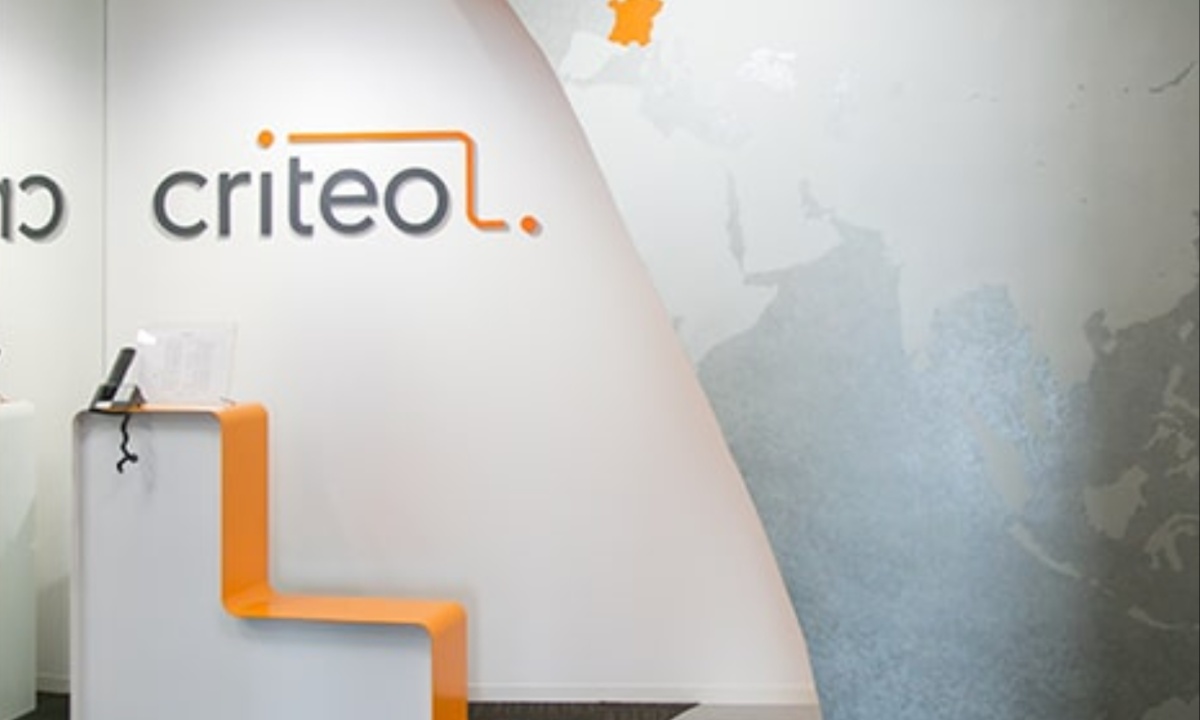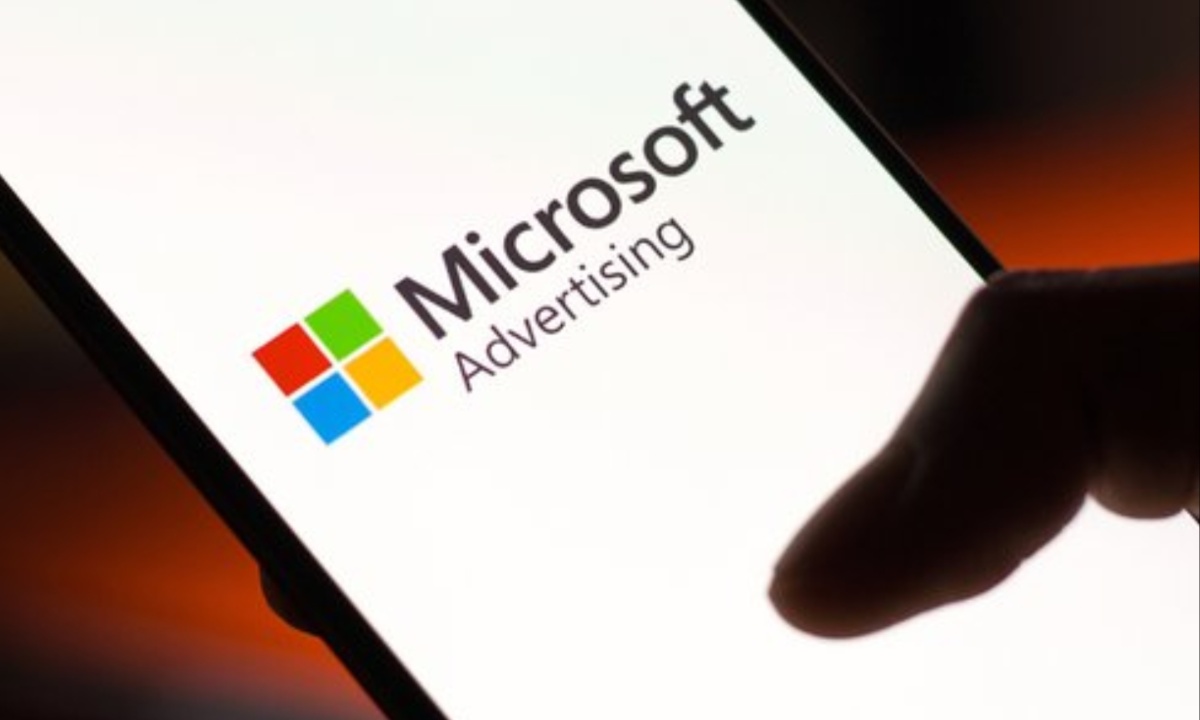Criteo recently released its financial results for the third quarter ending September 30, showing mixed outcomes. The company reported revenues of $459 million, a 2% decline compared to the previous year, while gross profit rose by 13% to $232 million.
This reflects ongoing challenges in the digital advertising sector, particularly as businesses adjust to new advertising strategies that do not rely on third-party cookies. Criteo’s performance coincided with Google’s announcement of further declines in its display advertising sector, highlighting broader issues within the industry.
Despite the revenue decline, Criteo’s management pointed to positive operational metrics, including effective cost management that reduced traffic acquisition costs (TAC) from $224 million last year to $193 million this quarter. The earnings report also revealed a 22% increase in retail media revenue, although the traditional performance media segment, which depends heavily on third-party cookies, experienced a 5% decrease. This indicates a strategic shift for Criteo as it seeks to adapt to changing market dynamics.
Looking ahead, Criteo projected fourth-quarter revenue (excluding TAC) to fall between $327 million and $333 million, representing a growth forecast of 3% to 5%. The company’s Chief Financial Officer, Sarah Glickman, expressed confidence in achieving double-digit growth and margin expansion, alongside ongoing investments in the company’s transformation efforts. However, analysts noted a slight reduction in the full-year growth guidance, which is now set at 10%-11%, down from a previous estimate of 12%.

Criteo Reports Mixed Q3 Results Highlighting Revenue Decline and Strategic Shift Amid Industry Challenges
During the earnings call, Criteo’s executives highlighted external factors, such as the ongoing U.S. general election, which could impact revenue expectations due to a potential “short holiday season.”
CEO Megan Clarken mentioned that some retailers are delaying advertising until after the election cycle, further complicating revenue forecasts. Additionally, Criteo announced a collaboration with Microsoft, which involves the closure of Microsoft’s PromoteIQ offering, and could bring a significant influx of advertisers to Criteo’s platform.
Despite these potential growth avenues, analysts remain cautious about Criteo’s traditional ad retargeting business, which has seen three consecutive quarters of stagnation. The company acknowledged the challenges of operating without third-party cookies but emphasized its strategic pivot toward broader addressability solutions in the advertising ecosystem.
As the industry evolves, Criteo’s ability to navigate these challenges and capitalize on new opportunities will be critical, especially in light of competitive pressures from larger entities like Google, which continues to face regulatory scrutiny and declining revenues in its advertising divisions.









































